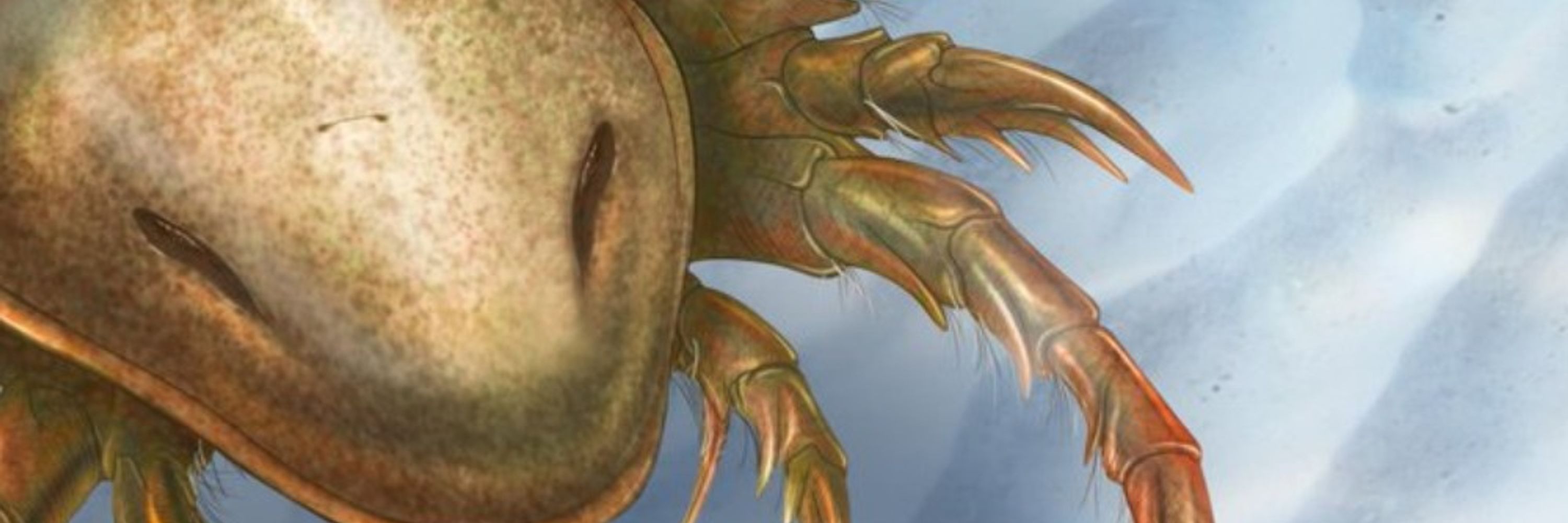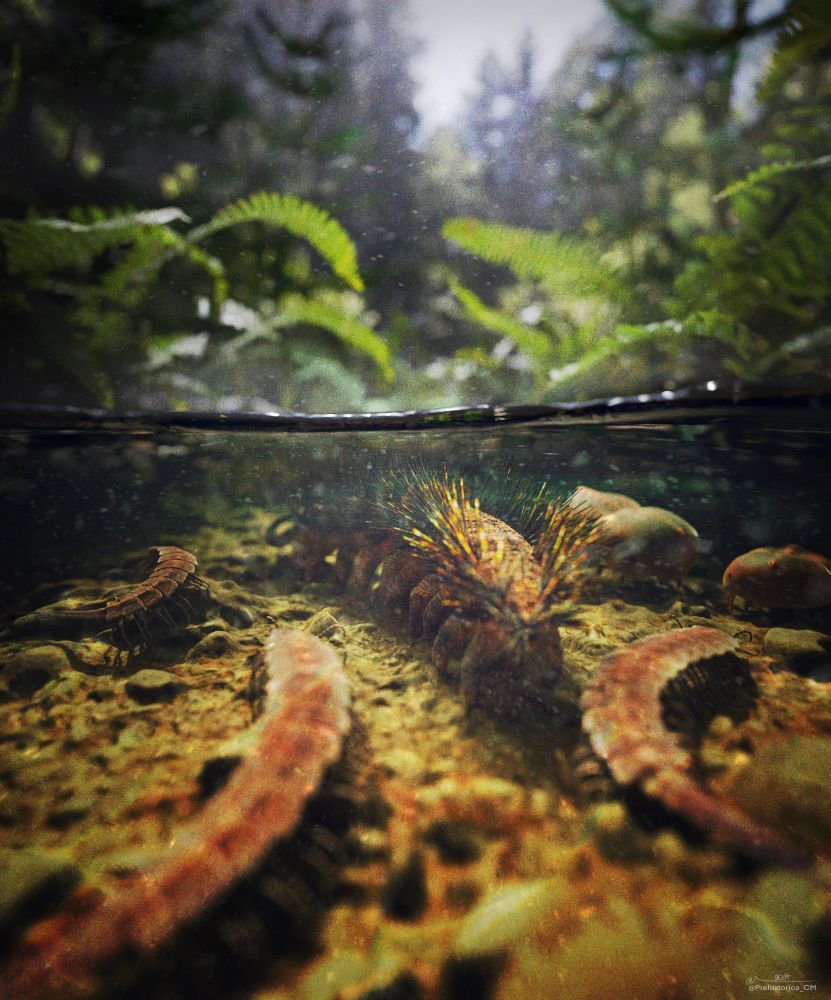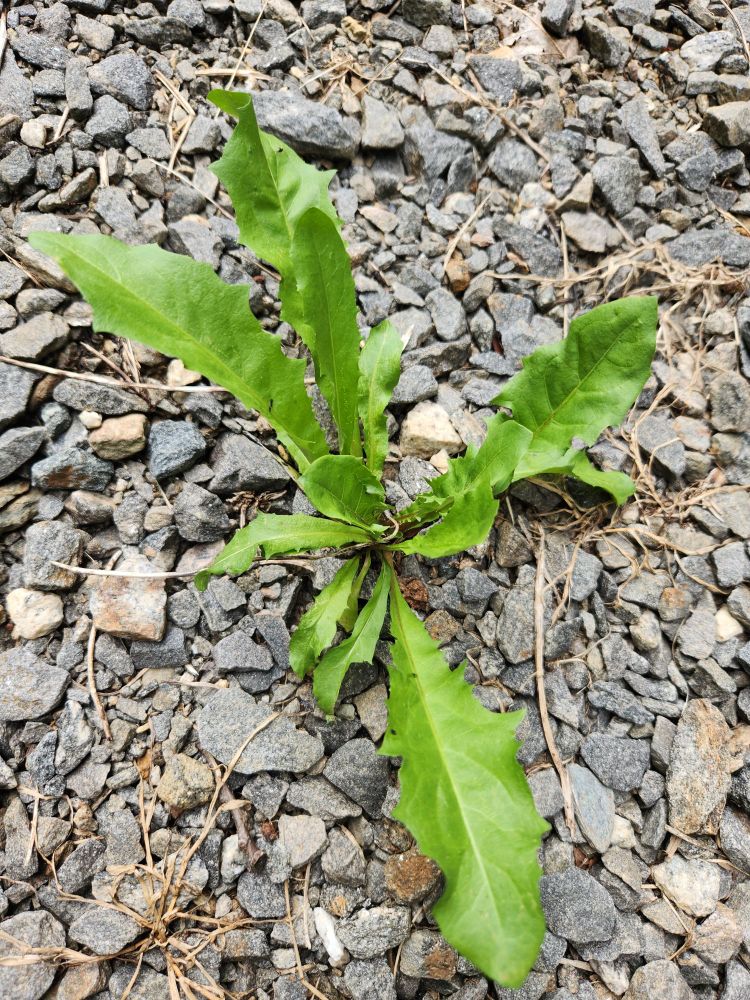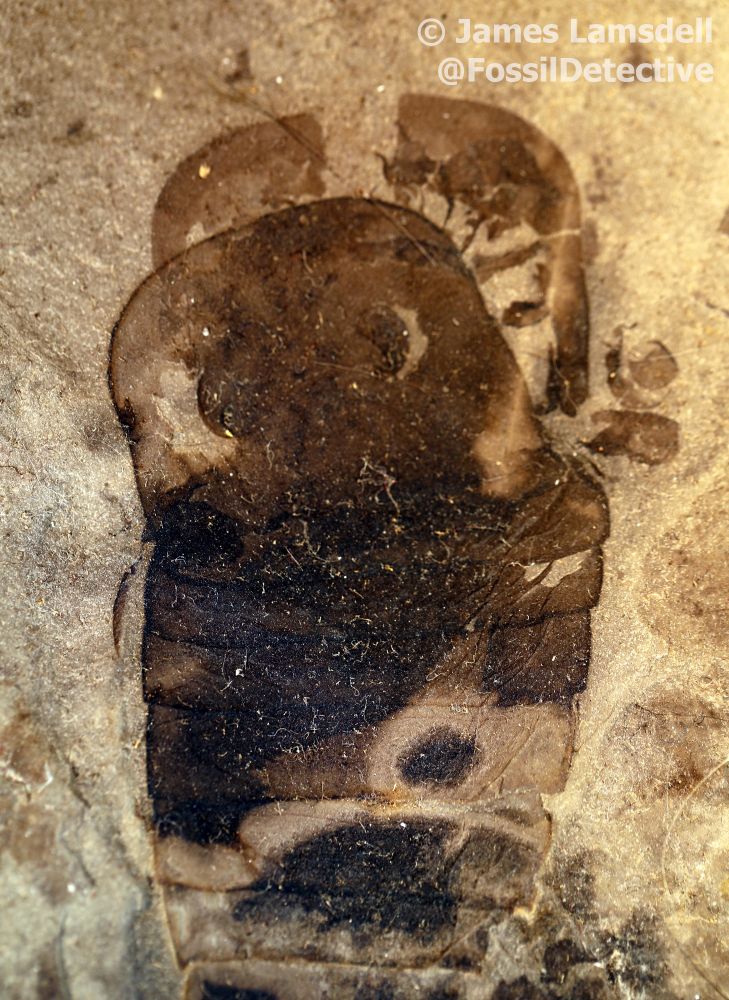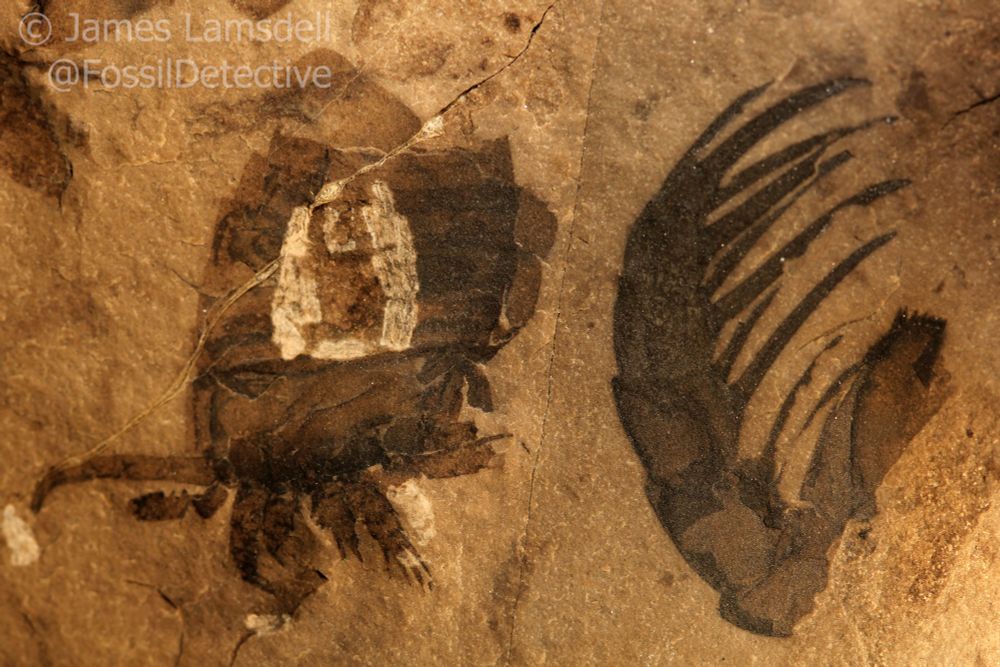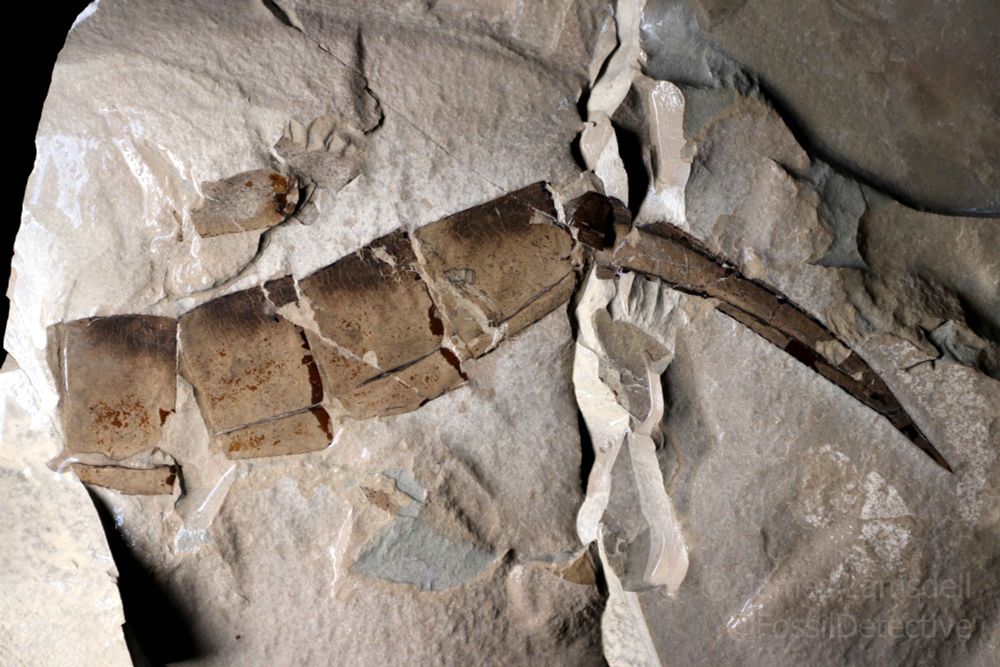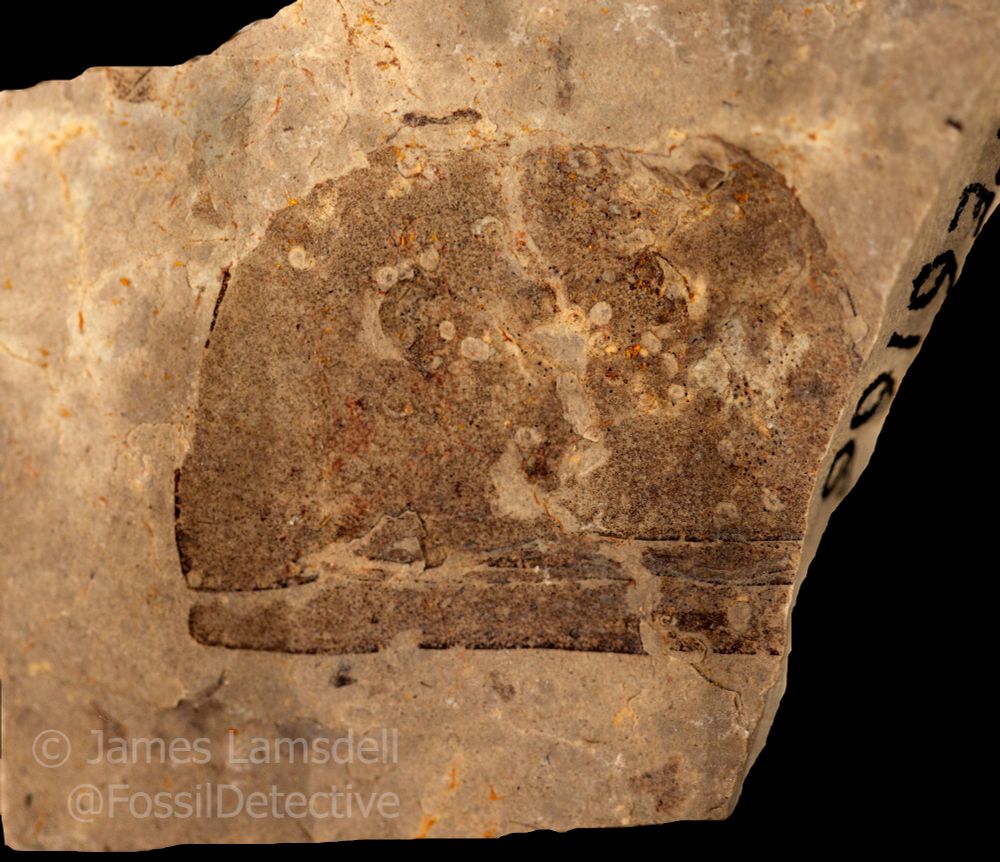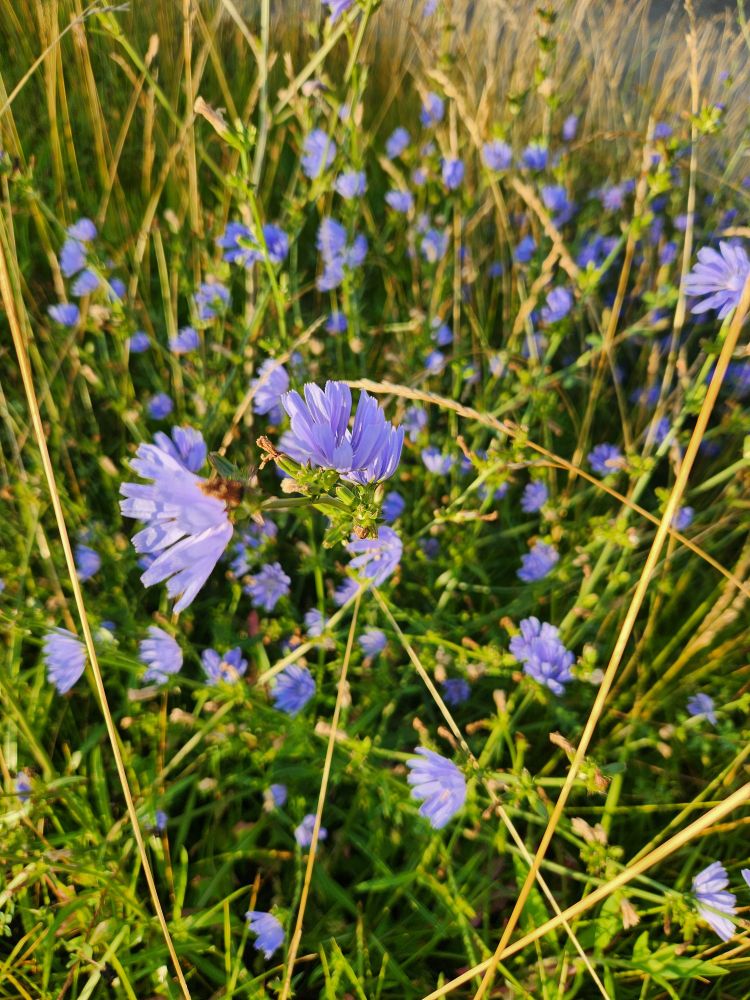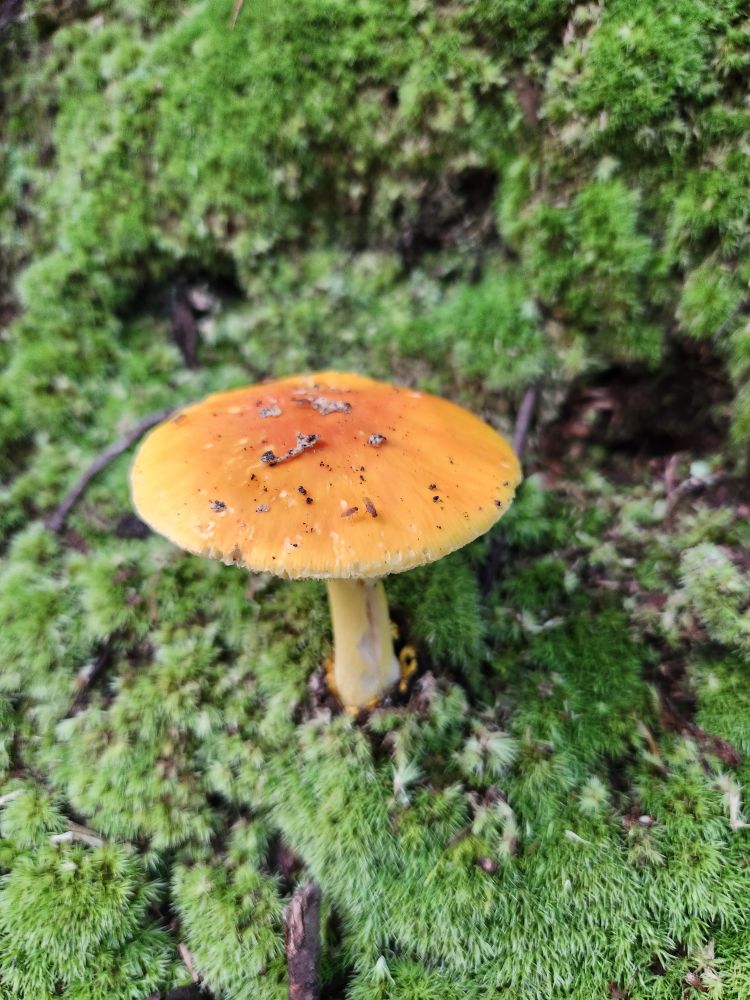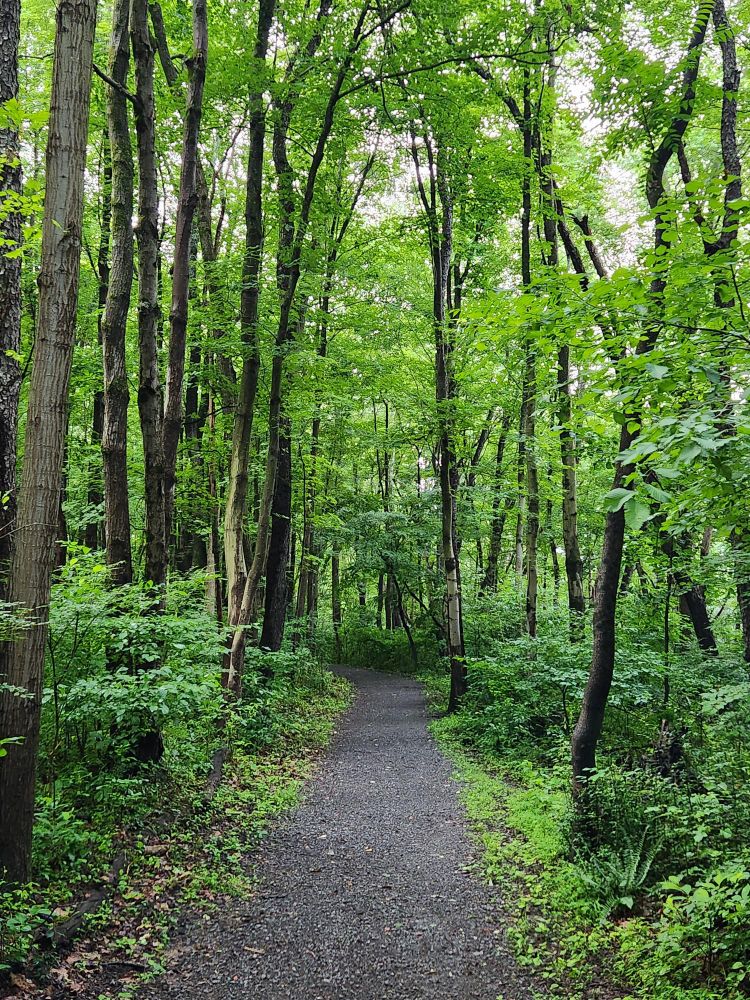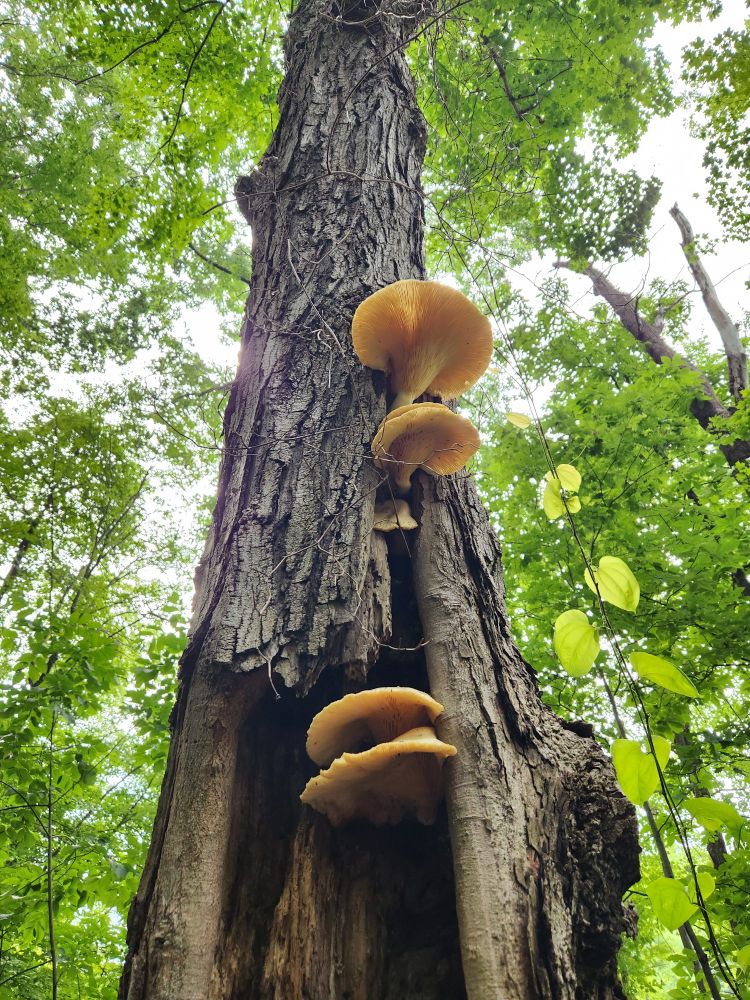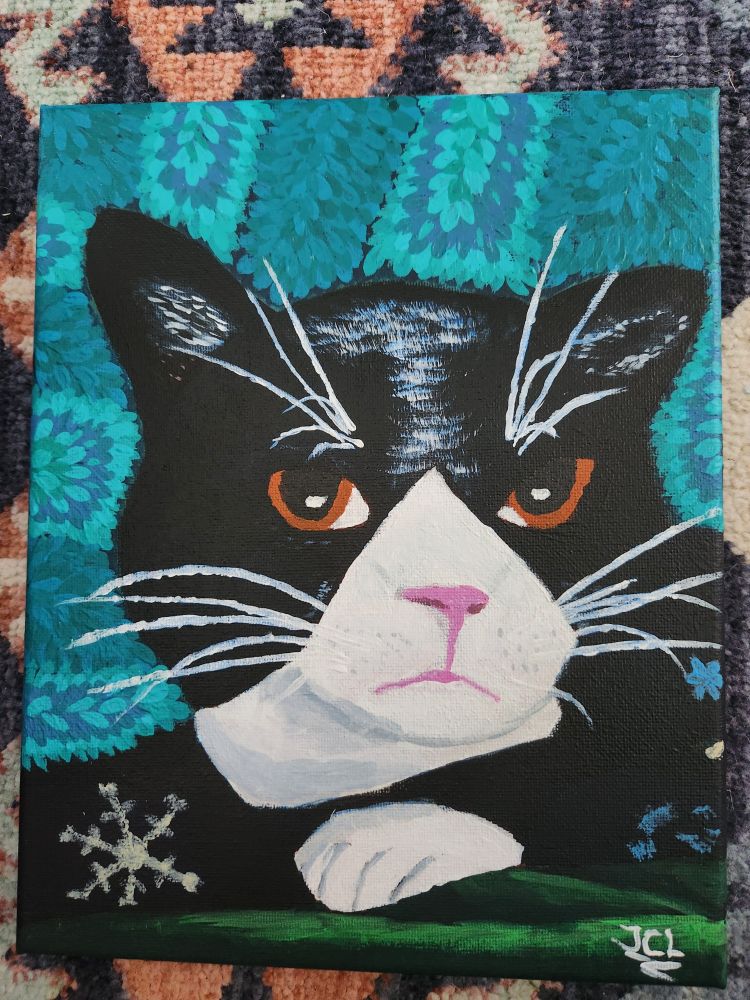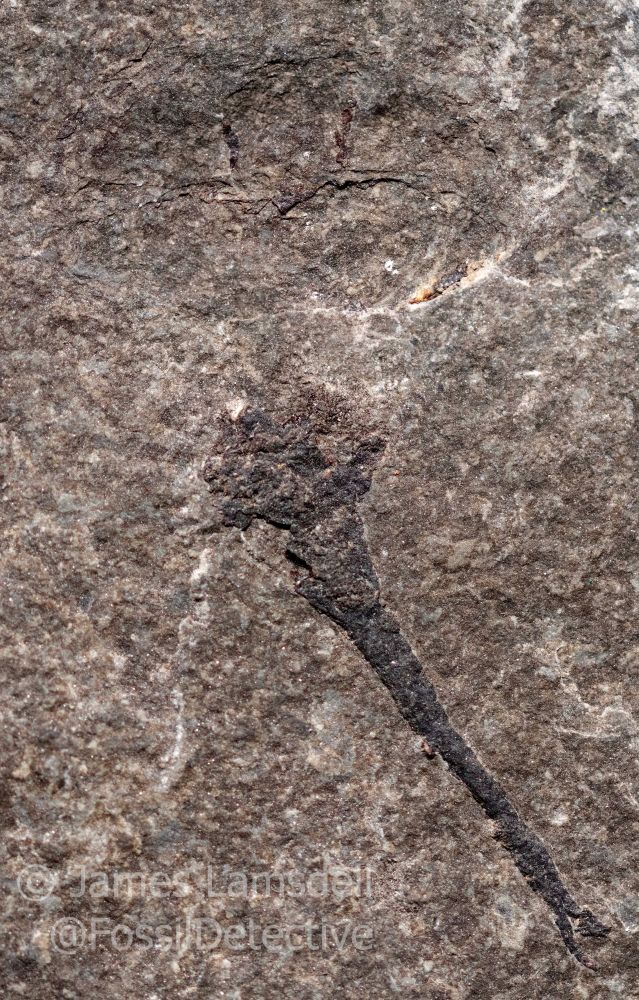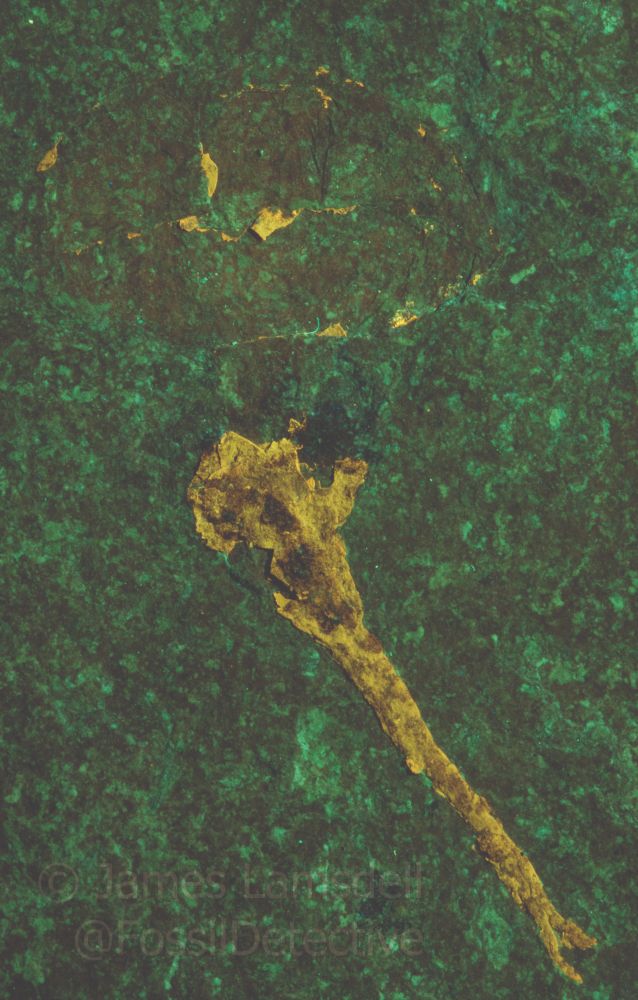James Lamsdell, PhD
@fossildetective.bsky.social
1.4K followers
240 following
550 posts
Palaeobiologist, Associate Professor at West Virginia University • Arthropod paleobiology, phylogenetic paleoecology • An Englishman in America
Formerly: AMNH, Yale, U of Kansas, U of Bristol, U of Birmingham
Opinions my own (he/him)
jameslamsdell.com
Posts
Media
Videos
Starter Packs
Reposted by James Lamsdell, PhD
Reposted by James Lamsdell, PhD
Terry McGlynn
@hormiga.bsky.social
· Jul 21
Reposted by James Lamsdell, PhD
Reposted by James Lamsdell, PhD
Reposted by James Lamsdell, PhD
Reposted by James Lamsdell, PhD
Reposted by James Lamsdell, PhD
